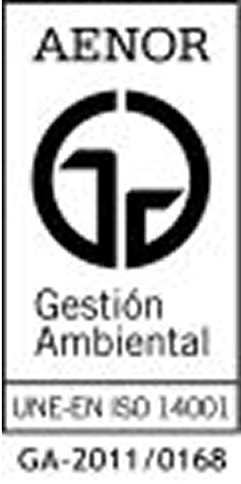Polypropylene
Lost formwork and cellular polypropylene foundations

Traditional formwork techniques for in-situ foundation formation are being progressively replaced by faster and less labor-intensive alternatives. To date, we are used to seeing the use of plywood panels, with a plastic surface finish as a mold release agent for the concrete pouring on the foundations of the works, or the use of metal plates that are joined together to form the area to be placed the reinforcing metal mesh. These practices have the consequence that the liquid cement that accompanies the concrete escapes between these formwork elements, whether made of wood or metal.
Once the concrete has set, these elements must be removed, thus increasing labor costs. With the formwork system lost, since the material is plastic (There are no liquid cement leaks, taking full advantage of concrete and its characteristics). The installation costs are not comparable, since the formwork elements are not as heavy as the traditional ones made of metal board or panels. There are no decryption costs. No noise is made during installation. Foundations resist much more, (if they have a compressive base), in case of construction movements, groundwater elevation, or seismic movements.
As a reaction to this trend, a wide range of lost formwork systems (ecological and economic) have been developed for the construction sector.
Advantages:
-Quickly,
-Easy to install and fix.
-It doesn't have to be knocked to set up.
-Tailor-made to the construction site according to the construction requirements.
-Reduces concrete waste and waste.
-Easy to carry and store.
-Easy to modify “in place”.
Applications:
The lost formwork system is used in a multitude of industrial projects, both for public and private works.











